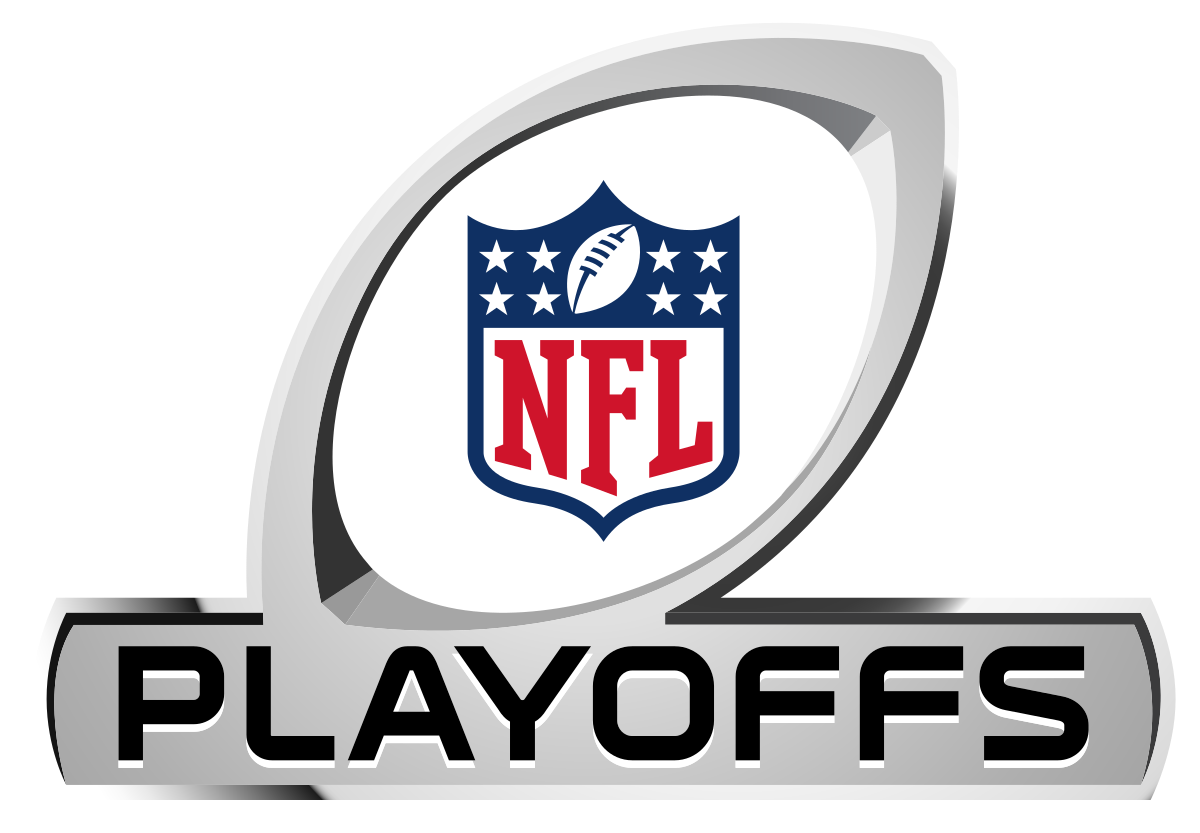Action Report for NFL Divisional Playoff Games

It’s down to just 8 teams remaining in the NFL postseason. An important part of handicapping is seeing how the public wagers on a game. Bettors like to find out if the line is perhaps a “trap game”. They also like to see if the line is moving against public action (reverse line movement). Some bettors will just bet against the grain every time and bet the opposite of heavy lopsided action (against the public).
On this page we are going to show you how the public is wagering this round of 4 games. We will include the spread and the total. Also, we will updated it several times throughout Saturday and Sunday so that the information is not outdated.
Saturday January 18, 2025
4:30pm EST
Houston +8.5 (45% of tix & 45% of $)
Kansas City -8.5 (55% of tix & 55% of $)
Total: Over 41.5 (80% of tix & 70% of $)
8:00pm EST
Washington +8.5 (45% of tix & 45% of $)
Detroit -8.5 (55% of tix & 55% of $)
Total: Over 55.5 (53% of tix & 43% of $)
Sunday January 19, 2025
3:00pm EST
Los Angeles +7 (58% of tix & 58% of $)
Philly -7 (42% of tix & 42% of $)
Total: Over 43.5 (70% of tix & 66% of $)
6:30pm EST
Baltimore -1.5 (42% of tix & 52% of $)
Buffalo +1.5 (58% of tix & 48% of $)
Total: Over 51.5 (55% of tix & 45% of $)
Why is Baltimore Favored at Buffalo?
About the NFL Playoffs
The NFL playoffs, which determine the champion of the National Football League, have evolved significantly since their inception. Here’s a brief overview:
Early Years (1933-1966): The NFL playoffs began in 1933 when the league decided to hold a championship game between the winners of the Eastern and Western Divisions. This format continued with various modifications, including adding a play-in game if teams tied for first place in a division.
AFL-NFL Merger (1966): The American Football League (AFL) and NFL merged, leading to the creation of the Super Bowl in 1967 (played after the 1966 season). Initially, the NFL and AFL each had their own championship games, with the winners meeting in the Super Bowl.
Post-Merger Expansion (1970s): After the merger, the NFL was reorganized into two conferences, the AFC and NFC, each with three divisions. The playoff format included four teams from each conference. The division winners would qualify, along with one wild card team from each conference, making an eight-team playoff.
1978 Expansion: The playoffs expanded to 10 teams with the addition of a second wild card team in each conference. This format lasted until 1989.
Further Expansion (1990): The playoff field was increased to 12 teams, with each conference having six playoff qualifiers – three division winners and three wild card teams.
Format Tweaks (2002-present): With the NFL realignment into eight divisions (four in each conference), the playoff format saw minor adjustments. From 2002, the format included four division winners and two wild card teams per conference.
2020 Changes: In response to the unique circumstances of the 2020 season due to the global health situation, the NFL temporarily expanded the playoffs to 14 teams (seven from each conference). This was made permanent starting from the 2021 season, adding one more wild card team to each conference.
Current Format: As of now, the top seed in each conference receives a bye in the first round, while the No. 2 seed hosts the No. 7 seed, No. 3 hosts No. 6, and No. 4 hosts No. 5 in the Wild Card round. The playoffs then proceed through the Divisional Round, Conference Championships, leading to the Super Bowl.
This history reflects how the NFL has adapted its playoff structure over the decades to accommodate growth, maintain competitive balance, and increase fan interest.
















